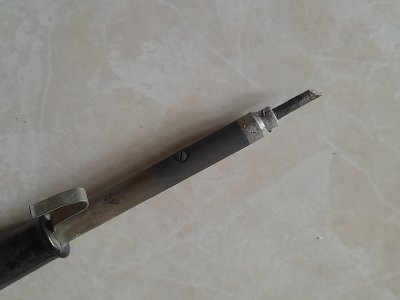Crinan12
Well-Known Member
Hi Chris we are at lochnell, was supposed to launch yesterday but when the yard went to put the mast on they found the new backstay is too short!Lead solder, good flux and a decent iron. Remember also a small tipped iron will lose heat very quickly to a surface it it trying to also heat up. I have this on the boat Amazon.co.uk
Where are you wintering?
Hope you and Tracey are good, will see you soon no doubt

